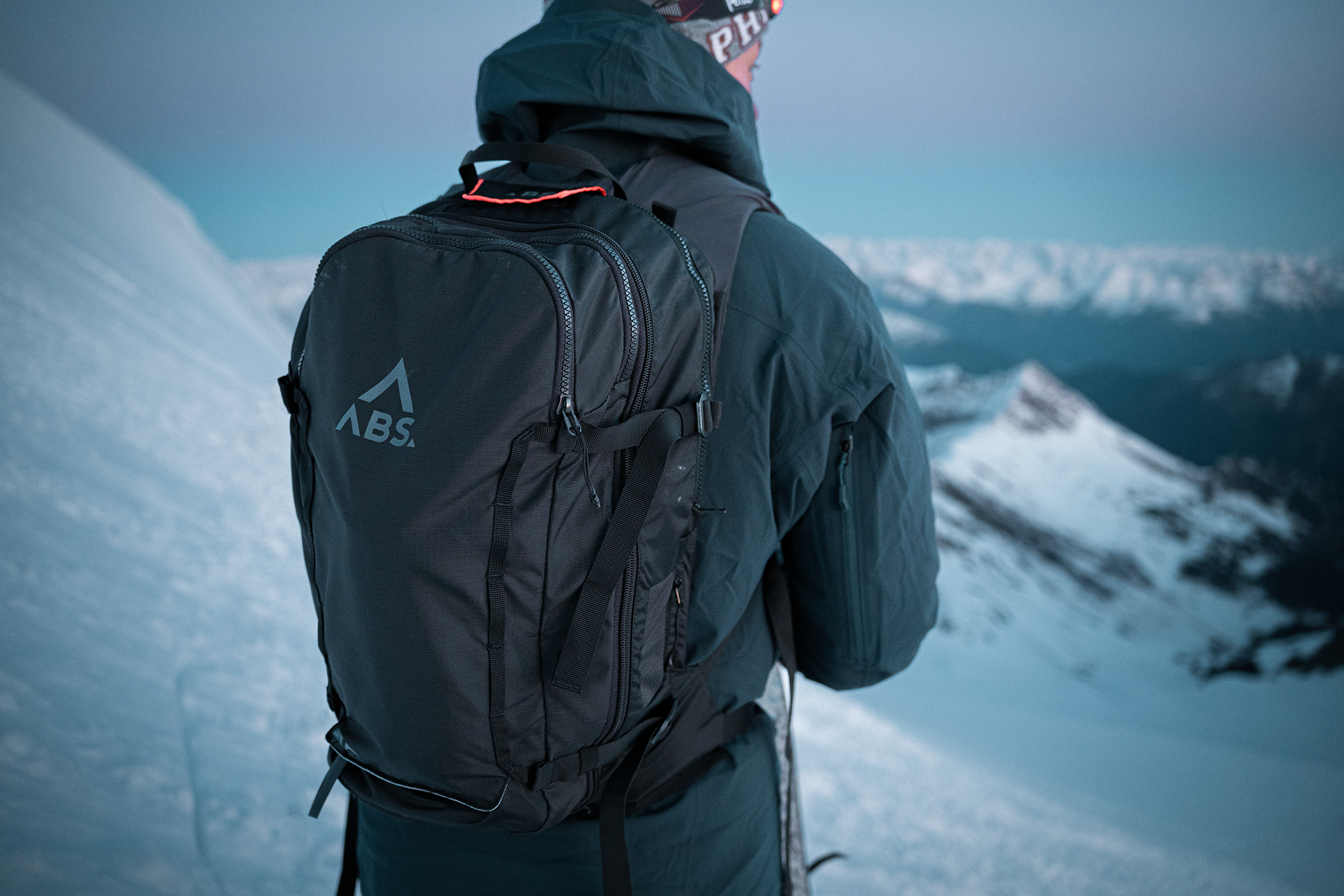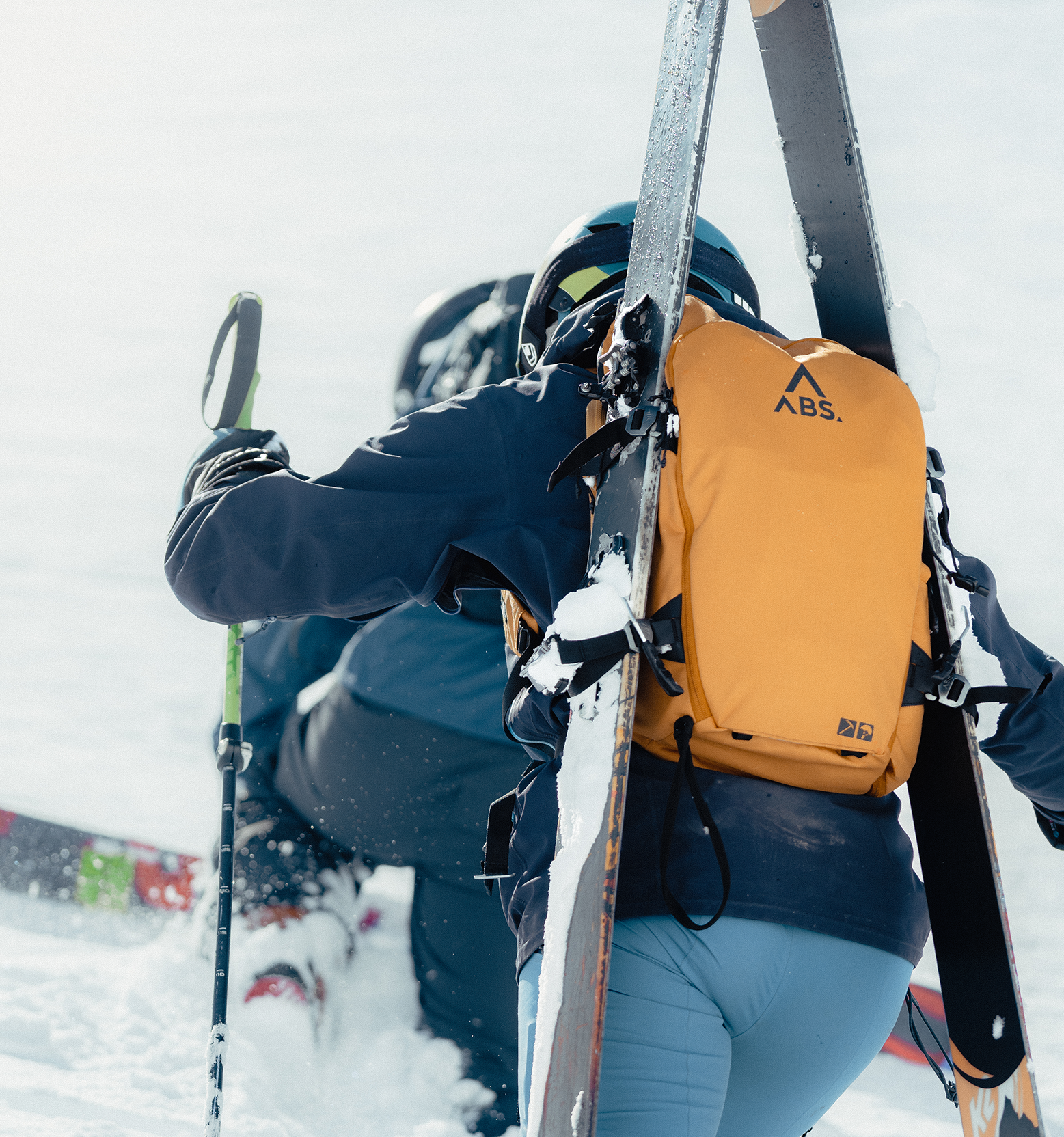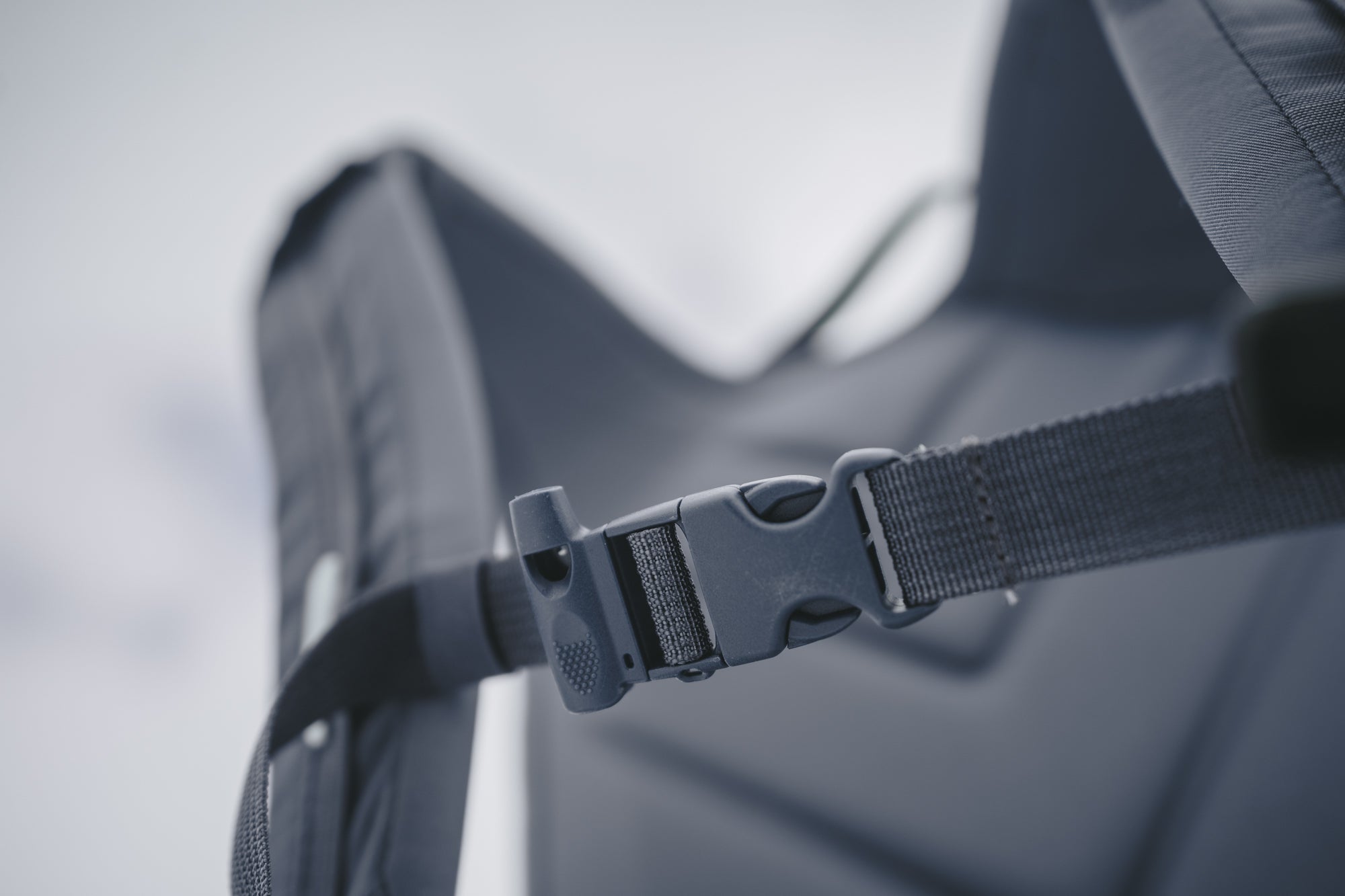terrain
The terrain contributes to the assessment of avalanche risk in two ways. On the one hand, there are topographical conditions that favor the formation of slab avalanches. On the other hand, the terrain often acts as so-called terrain traps.
Steepness and slope gradient
- Slab avalanches slide down from a slope steepness of 30°
- The steeper a slope is, the more likely an avalanche is to be triggered
- Regardless of the danger level (specified in the avalanche situation report), it can be seen that slab avalanches slide on average at a steepness of 38°
Slope exposure and elevation
- Hazardous areas are often located at certain slopes and altitudes
- If there is a temperature problem, sunny slopes - i.e. south-facing slopes - are more at risk
- Accidents are more common in northern exposures. This may be due to the fact that settlement occurs more slowly there due to lower solar radiation and that weak layers are increasingly forming. Powder snow also lasts longer on north-facing slopes, which is why they are generally used more often.
Terrain traps
- The terrain significantly influences the depth of burial and the risk of injury
- Ditches, hollows and obstacles in the run-out area increase the depth of burial and thus reduce the chance of survival
- Obstacles such as cliffs, rocks or trees in the path of the avalanche often lead to fatal injuries






